Capital Equipment Replacement – Is now the time?
Over the last few months I have had a crazy amount of requests to assist with capital equipment purchasing via both my consulting business and internally at a few Four Seasons properties. It seems that there is a lot more interest this year in obtaining more information on purchasing or leasing equipment than the last few years. Maybe it is a sign that things in the golf industry are stabilizing or we have stretched the equipment so far that our operating budgets are busting at the seams to keep it running. It really doesn’t matter the reason what does matter is that there is certainly a new interest, from an owners perspective, to having more data to support the capital purchases and to prove the ROI (return on investment) they will see in return.
As mentioned a blog post of mine a few months ago, I set up a “national account” with all 3 major manufacturers to help grow this part of my business. As a consultant I have an obligation to my customer to remain neutral on all colors. Now that doesn’t mean that I don’t have a preference on one piece of equipment or another but I have remained color blind through my career and have purchased equipment from all 3 in the past. Typically I like to select the best piece of equipment for the job and 99% of the time that doesn’t all come from one color. Secondly I look at the service from the dealer, the price for the customer and the overall big picture to help with maximizing an equipment deal. Having done quite a few big equipment deals (over $10 million the past 5 years) I know what equipment should cost and that is important when you are trying to get the best deal possible. I also wanted to have the ability to help the smaller courses as well. Having the “National Account” allows me to get better pricing for courses that are not in buying programs, management companies, or are not looking to buy big fleets of equipment. Mike Kriz, a friend of mine from South Dakota has always reminded me over the years that we have to always consider the smaller courses as well whether we are building an association or in my current case building a consulting business.
There are a few key things that I believe are very important to proving the need to purchase equipment:
- Know your audience – often times we have deep conversations on equipment replacement that who we are trying to explain everything to just doesn’t understand. You have to tailor your discussion points to the level of the audience so they can have a clear understanding of what it is you want and remain interested throughout the conversation.
- Purchase as if you were the owner – Many time we need to sit back and look at what we are requesting to purchase and put ourselves in the shoes of the owner. We should ask ourselves based on the data I am providing if I were the owner would I buy it? Also we need to look at our operations and current fleets and ask if the owner looked at our operation would they feel like we are taking care of their assets. If you can’t answer yes to both of those questions you’re not ready to ask.
- Gather Data – You need to gather data on your current fleet to get an understanding of what it is you have, what it’s potential longevity is, what’s the cost to replace it, do we really need it, what are the maintenance costs to keep it up, etc. Understanding where you are with your current fleet is one of the most important things to selling a new fleet. I have noticed as well that having an unbiased 3rd party come in to evaluate it seems to go much further than doing it ourselves. It really doesn’t matter your ability to do it it’s the fact that you have stake in the outcome that typically I see causing the issue.
- Understand the process – We need to understand that buying equipment is really no different than purchasing a new car. We need to negotiate, we need to get the best deal, we need to understand the financing options, residual value, the potential free add-ons, the warranty, etc. This is the part where most have very little experience and it ends up costing the club the most money. We purchase equipment typically in the south every 4-5 years and up north its probably more like 8-10 years so understanding current costs, equipment trends, options, etc can be a daunting task that we just run through and figure out later we made some mistakes. I am finding there is a lot of money left on the table on deals when all the homework hasn’t been done.
- ROI – If there are new pieces of equipment that your operation is wanting to add into the fleet I recommend going through a ROI process. Figuring out if it actually makes sense to purchase it. As an example let’s talk about a fairway aerator. A typical question I would ask during consulting would be: How many hours per year will we use the aerator? How much labor is necessary to complete the task? Do we have to buy another tractor? What’s the operational costs such as tines, labor, maintenance, etc. If we add all that up is it cheaper than maybe subcontracting it out? Sometimes that answer is yes and sometimes it’s no but in the end we know all the data involved in selling that piece of equipment when we get questioned about it.
- Get rid of the old equipment – Have a used equipment dealer bid out your old fleet and get rid of it. I find at a lot of clubs we save equipment that we don’t use. What we don’t seem to understand is that there is a cost to keeping that equipment from the regular maintenance it needs to the labor needed to do the work. When we get new fleets we should realize a savings on the operational budget. If we keep the old stuff we also tend to spend more time keeping it going that servicing the new equipment and that new stuff gets old fast. So make sure your equipment fleet is the correct size for the operation.
- Get Quotes from all 3 – It is important when you are looking at purchasing new equipment that all 3 manufacturers are look at. Not just to keep each other honest but the ebb and flow of equipment is different every year and if you’re buying equipment there may be some items that hold up a lot longer than others. If you’re leasing and will only have it 3-4 years then does it matter as much if we buy diesel utility carts as an example. We want to do the best we can when we are positioning these deals for the owners of a club.
In closing I think a lot of times we forget whose money we are spending and the effect we can have on the health of a club. Everything we spend to maintain the golf course has an effect on your membership, resort guests, staffing, etc. So we want to do our best to maximize the revenue/ profit potential of our operations by making the right decisions on our purchases. No matter how big or small they are they all add up in the end. Ask yourself the next time you buy something how many rounds of golf it took to pay for that. You may have a different appreciation for what you choose to purchase.
You might also like
Qualified Turf Equipment Technicians a Thing of the Past?
It seems like every year there is a time of the year that I sit back and take a look at the golf and turf industry and where we are
Thoughts on GIS 2016 in San Diego
Let me start with what a Golf Industry Show in San Diego. I would like to start with thanking a few people for me again having the opportunity to attend. I believe
Our New Turf Equipment Package for 2018
This year in August comes our first renewal of our equipment fleet since we have owned the property and over the first 4 years we have learned quite a bit

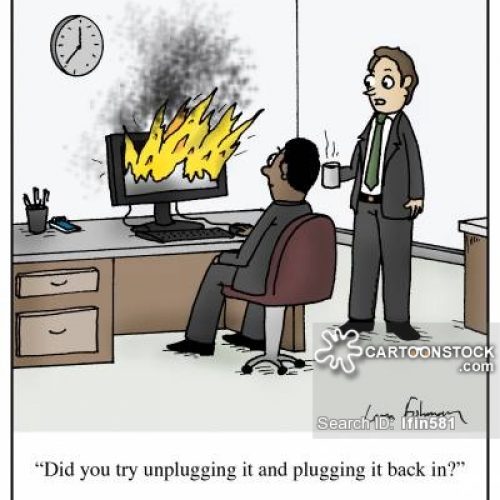
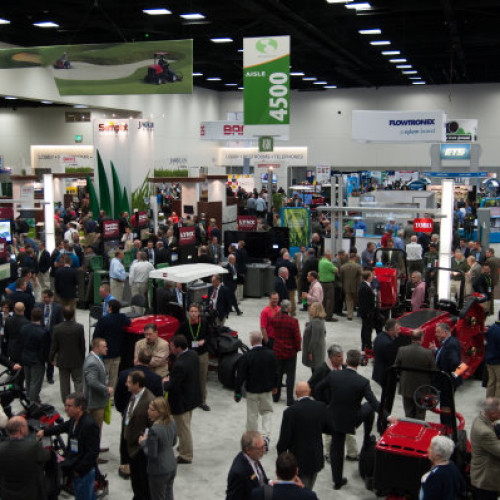
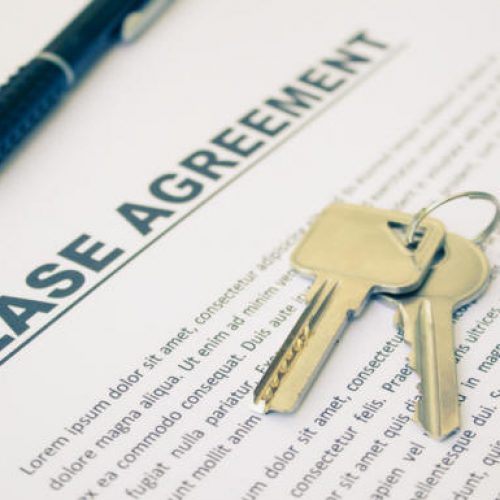




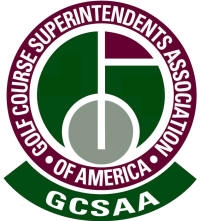
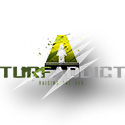

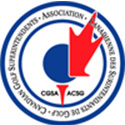





0 Comments
No Comments Yet!
You can be first to comment this post!